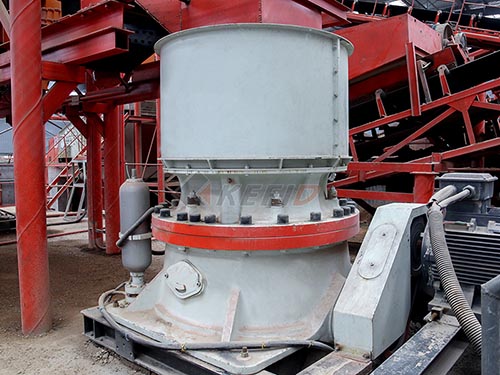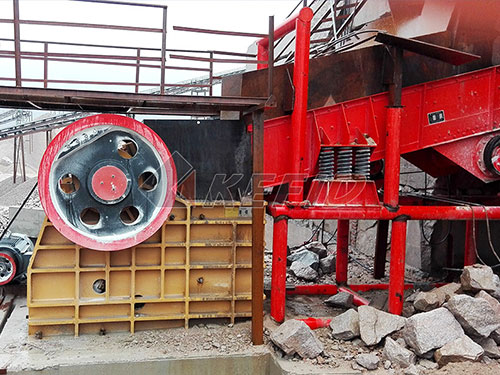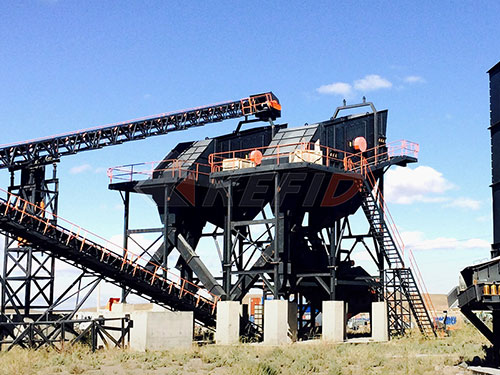The Rolls Glass Crusher: Precision Particle Reduction via Cylinder Mills
In the critical field of glass recycling and processing, achieving consistent particle size reduction is paramount for efficient downstream operations like sorting, melting, or repurposing. Among the various crushing technologies available, the Rolls Glass Crusher, often referred to as a Cylinders Mill, stands out as a robust and effective solution specifically engineered for this demanding task.
Core Principle: Controlled Compression Crushing
Unlike impact crushers that shatter glass through high-speed collisions or jaw crushers applying intermittent pressure, the Rolls Crusher operates on a principle of continuous compression. Its defining feature is two parallel cylindrical rolls rotating inward towards each other at identical or slightly different speeds.

1. Feed Introduction: Raw or pre-crushed glass cullet (broken glass) is fed into the top of the mill.
2. Nip Zone Engagement: The material enters the crucial “nip zone” – the narrow gap between the two counter-rotating cylinders.
3. Compressive Force: As the rolls rotate, they grip the glass fragments between their surfaces.
4. Size Reduction: The primary mechanism is compressive breakage. Glass particles are crushed as they are squeezed and compressed by the immense pressure exerted by the rolls as they pass through this gap.
5. Interparticle Crushing: An important secondary mechanism occurs within the bed of material itself – particles are crushed against each other under pressure from the rolls (interparticle compression).
6. Discharge: The crushed material exits at the bottom of the mill once it passes through the nip zone.
Features & Advantages:

Precise Particle Size Control: This is arguably the Rolls Crusher’s most significant advantage for glass processing. The gap between the rolls is mechanically adjustable (manually or hydraulically). By setting this gap accurately, operators can tightly control the maximum size of the output product.
Minimal Fines Generation: Compared to impact crushers which tend to generate a higher proportion of very fine dust (“fines”), cylinder mills produce a more cubical product with a narrower particle size distribution and significantly less ultra-fine material. This is crucial for glass recycling where excessive fines can cause handling issues or reduce melting efficiency in furnaces.
Robust Construction & Low Wear: Rolls are typically constructed from highly wear-resistant materials like manganese steel alloys or specialized hardened castings designed to withstand the abrasive nature of glass crushing

Leave a Reply